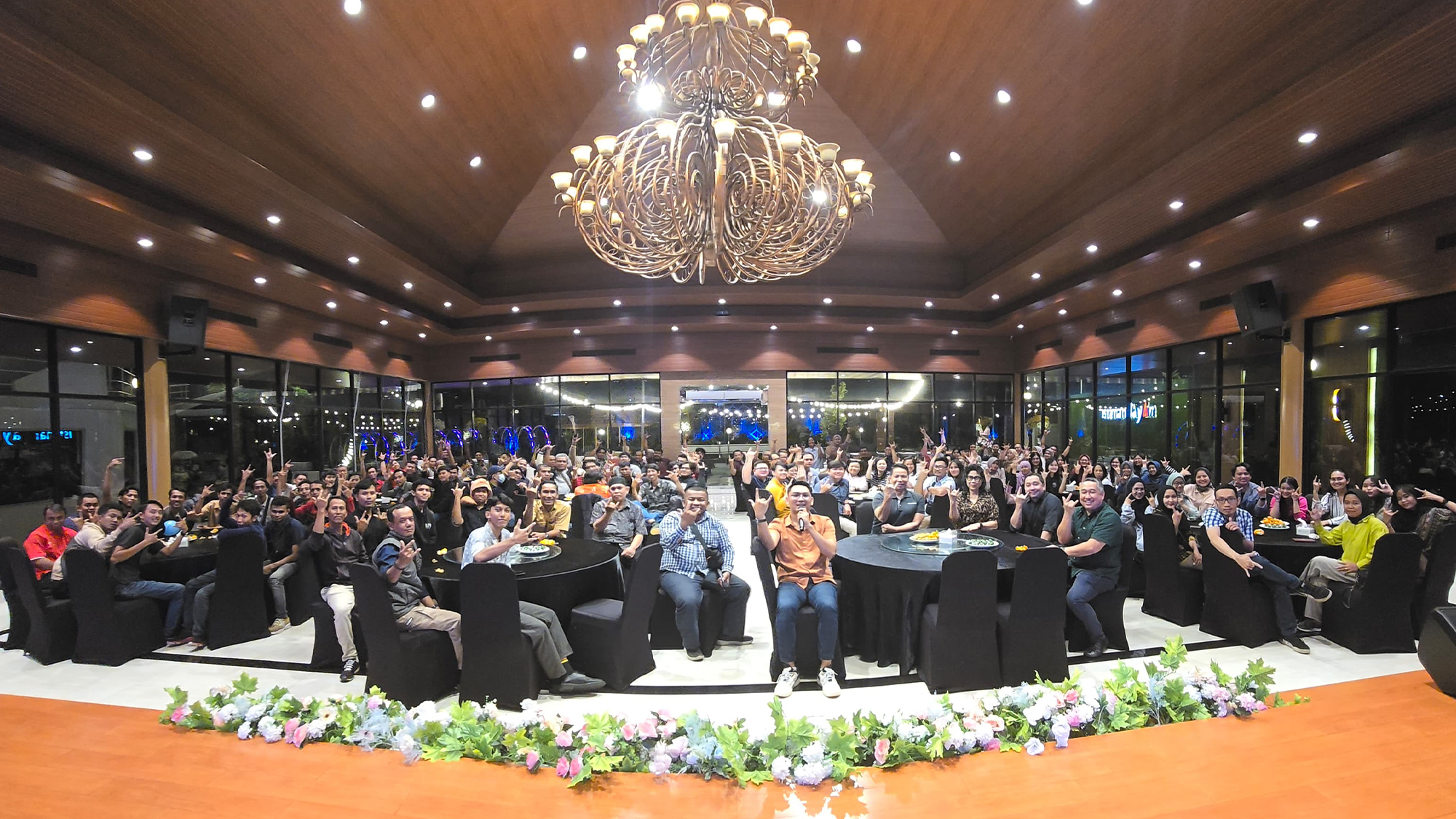Team building is the process of enhancing collaboration and communication among team members. It strengthens relationships, boosts morale, and improves overall productivity. Effective team-building activities help individuals work together seamlessly.
Why Team Building is Essential
A well-connected team achieves better results. It fosters a positive work environment, increases employee engagement, and enhances problem-solving skills. Strong teams also improve job satisfaction and reduce workplace conflicts.
Key Benefits of Team Building
1. Improved Communication
Team-building exercises enhance communication skills. Activities encourage open discussions, active listening, and effective feedback sharing. This strengthens professional relationships and reduces misunderstandings.
2. Increased Collaboration
Working together towards common goals builds trust. Employees feel more comfortable sharing ideas and brainstorming solutions. Teamwork ensures smoother workflow and innovation.
3. Boosted Employee Morale
Fun activities reduce stress and promote a positive workplace culture. Engaged employees feel valued, leading to higher motivation and job satisfaction.
4. Enhanced Problem-Solving Skills
Challenging activities push employees to think critically. Problem-solving games and scenarios help teams tackle issues efficiently and creatively.
5. Strengthened Trust and Relationships
Trust is crucial for a successful team. Team-building exercises foster trust and deepen relationships. Employees learn to rely on each other and build strong professional bonds.
Effective Team-Building Activities
1. Icebreaker Games
Quick and fun icebreakers help team members get to know each other better. Games like “Two Truths and a Lie” or “Would You Rather?” break barriers and start conversations.
2. Outdoor Activities
Outdoor adventures like hiking, obstacle courses, or scavenger hunts encourage teamwork. These activities strengthen camaraderie while promoting physical fitness.
3. Problem-Solving Challenges
Escape rooms, puzzles, or strategy-based games improve critical thinking. They encourage teams to collaborate under pressure and develop creative solutions.
4. Volunteer Work
Participating in charity events or community service strengthens team bonds. Working together for a good cause enhances empathy and unity.
5. Office-Based Activities
Simple yet effective activities like trivia, role-playing, or brainstorming sessions keep employees engaged. These exercises encourage creativity and strategic thinking.
How to Implement Team Building in the Workplace
1. Identify Goals
Determine the objectives before organizing activities. Focus on specific skills like communication, leadership, or problem-solving.
2. Choose the Right Activities
Select exercises that align with team needs. Consider employee preferences and comfort levels for maximum engagement.
3. Encourage Participation
Foster an inclusive environment where everyone feels comfortable joining. Ensure activities are enjoyable and stress-free.
4. Evaluate Results
Assess team progress after activities. Gather feedback to understand effectiveness and plan future improvements.
Final Thoughts
Team building is an essential investment in workplace success. It strengthens collaboration, improves communication, and enhances overall productivity. A strong team drives company growth and ensures a positive work culture. Prioritizing team-building initiatives fosters a supportive and high-performing workplace.








